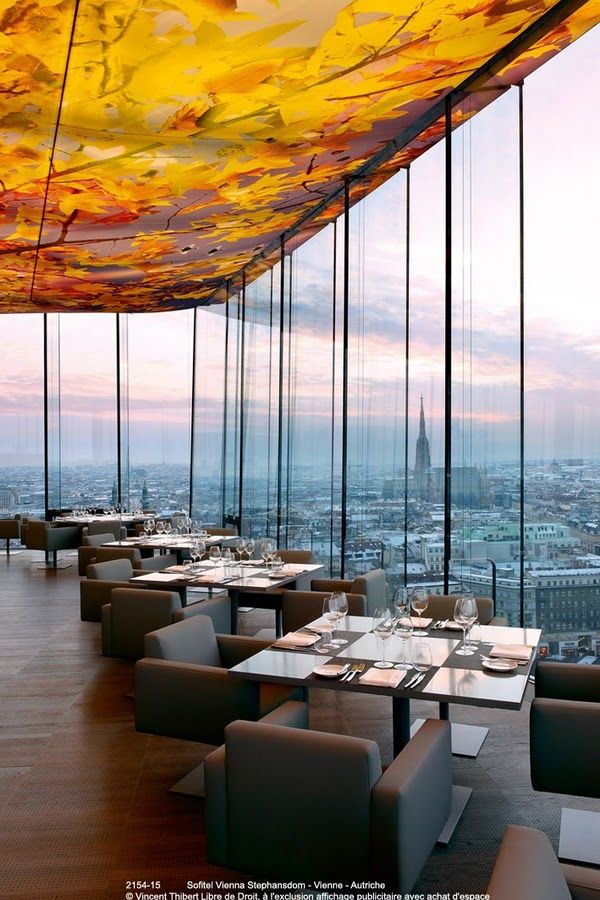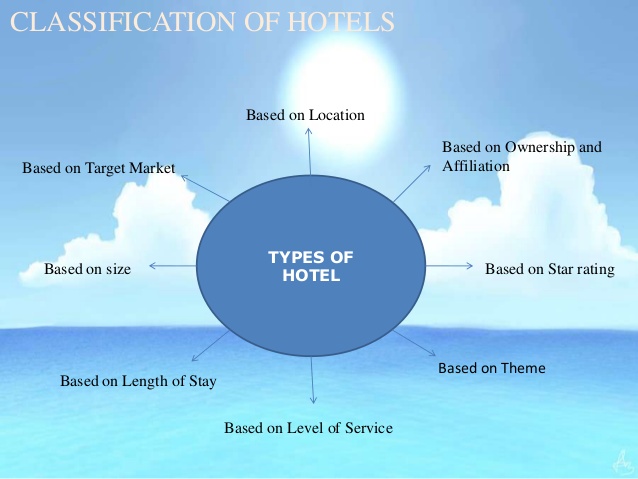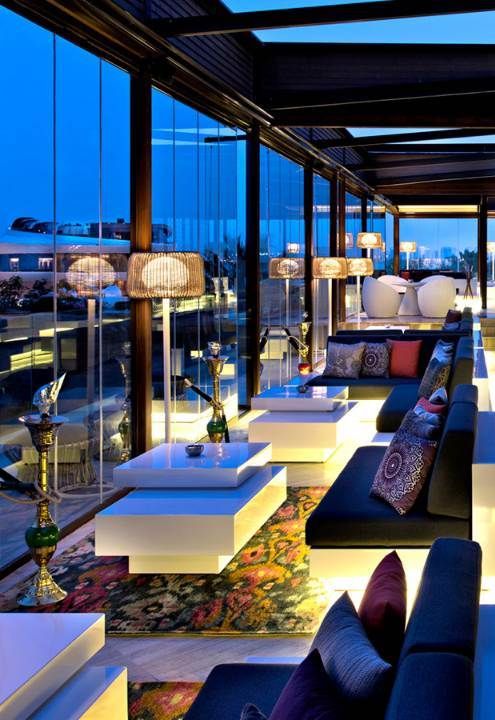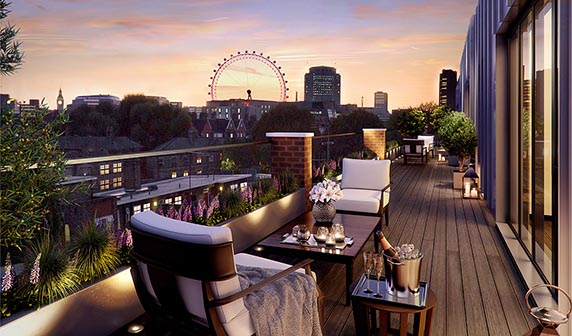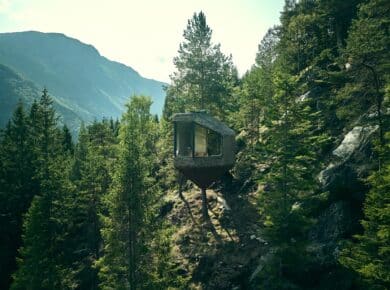Hawa Mahal which is also known as the “wind palace” was built by Rajput Sawai Pratap Singh in the year 1799. The artistic carving and intricate architecture make it a major tourist attraction. One cannot pass without looking at this huge palace which is in the heart of the 'pink city'. So, if you are heading to Jaipur, you must add this place to your list. It would be wise if you book hotels in Jaipur in advance for your convenience.
Here is a list of interesting facts about Hawa Mahal Jaipur.
1. Crown shaped architecture
It is heard from the locals that the King who built this palace was a great devotee of Lord Krishna. And that's what inspired him to make this palace built in the shape of Lord Krishna's crown.
2. Origin of its name
It has got its name from Hawa Mandir that is located on the fifth floor of the magnificent palace. Hawa Mahal has Nine hundred fifty-three trifling windows which were built to keep the wind blowing inside the palace.
3. Its appearance is like beehive
If you closely watch the architecture of the palace you will see it looks more like a honeycomb. These windows were designed to allow women of that time to watch the activity of the city, without being visible to the public.
4. Absence of front entrance
Hawa Mahal doesn't have any front entrance; one can only enter through the main gate of the City Palace. The building was throughout a part of it.
The palace is situated in the main city, you can ask the locals of its timings and then you can plan accordingly. So, for that, it will be best if you book hotels in Jaipur near railway station.
5. Hawa Mahal is strategically constructed at an angle of 87 degree
Only a few know about this interesting fact about Hawa Mahal. It has no concrete foundation and it is leaned at an angle of 87 degrees. Yet it is standing vertically because of the pyramidal structure
6. Varied designs of Mughal and Rajput styles
The architecture of Hawa Mahal has distinguishing features of Hindu and Islamic culture. The carvings, patterns, interiors depict the Rajput elegance. Whereas and the stone and lace work and arcs typically portray the Mughal style.


